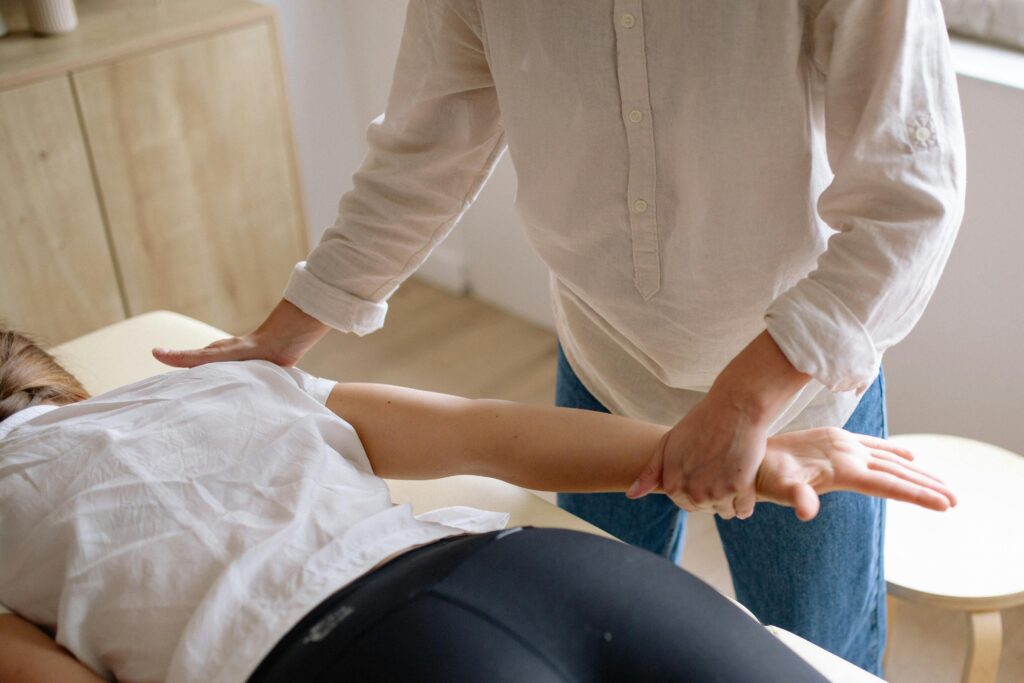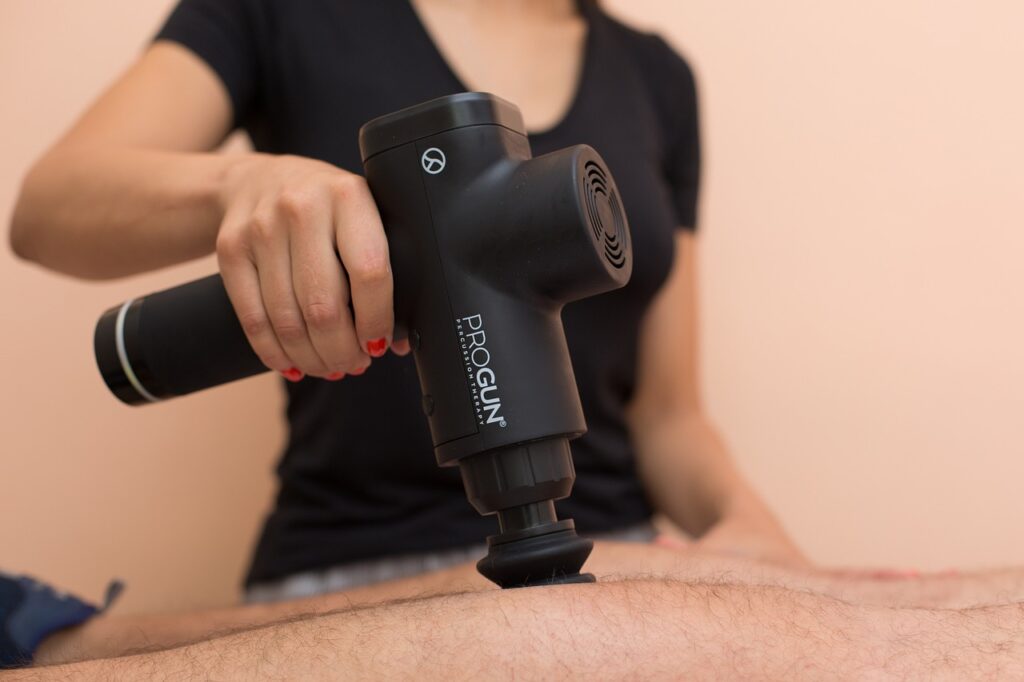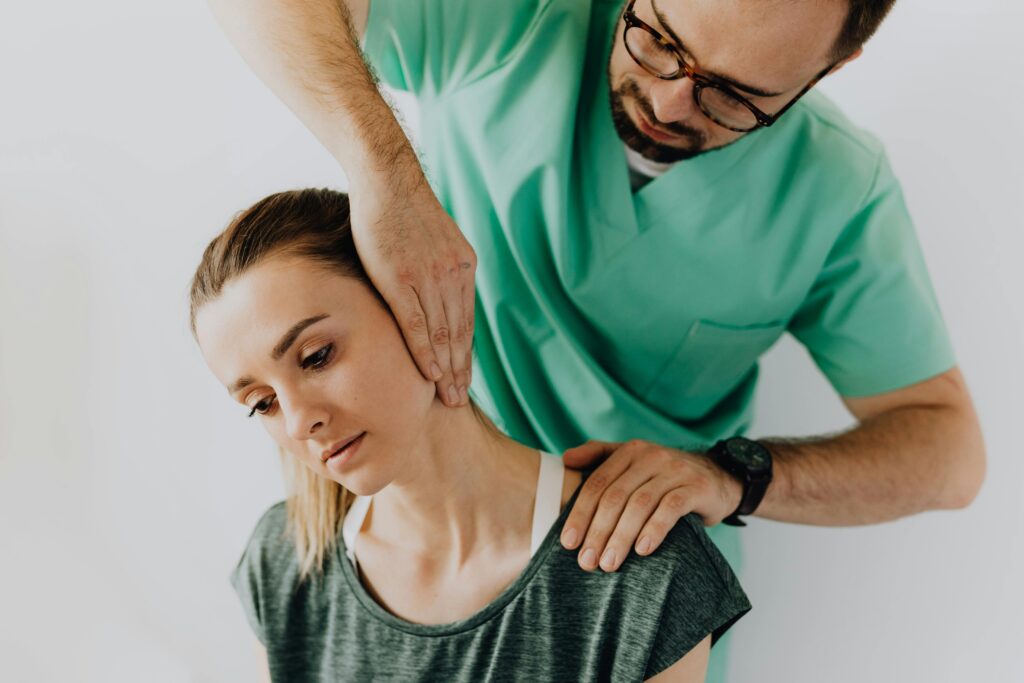Delicate
Delicate tissue wounds, including muscle strains and tendon injuries, are normal in fender benders. These wounds can cause agony, expansion, and restricted development in the impacted region. Regardless of whether the head straightforwardly influence a surface, the unexpected shock from an auto crash can cause blackouts or horrendous cerebrum wounds (TBIs). These wounds require quick clinical consideration and can prompt long haul complexities.
Auto crashes can significantly affect a person’s physical and close to home prosperity. Indeed, even minor crashes can bring about wounds that cause torment, decreased versatility, and long haul difficulties while perhaps not appropriately made due.





